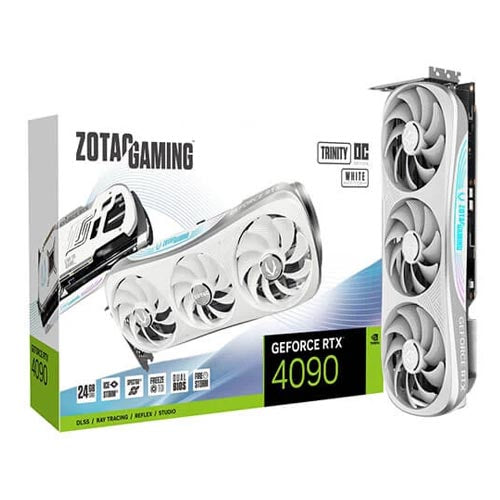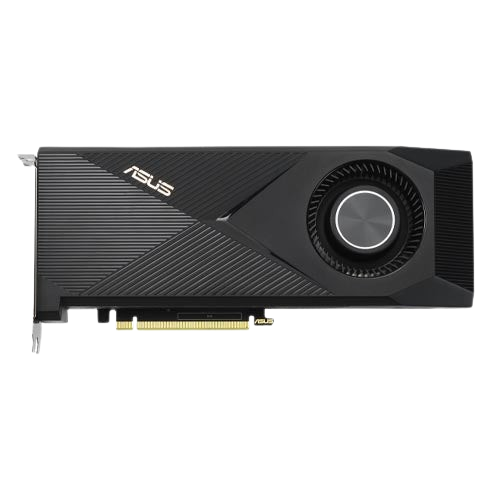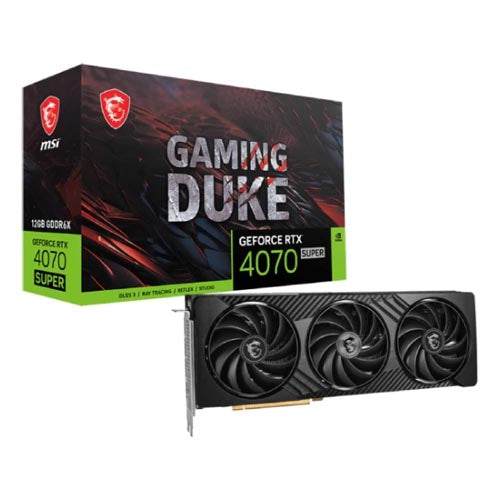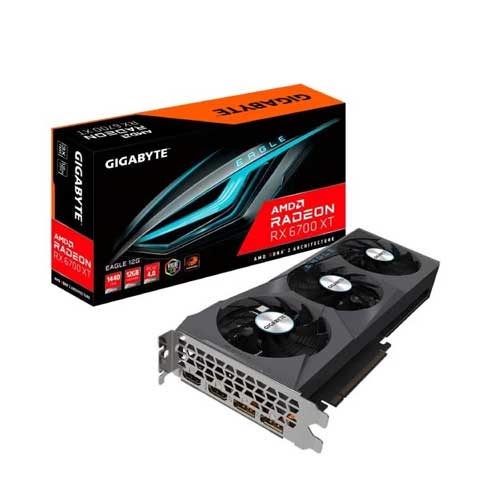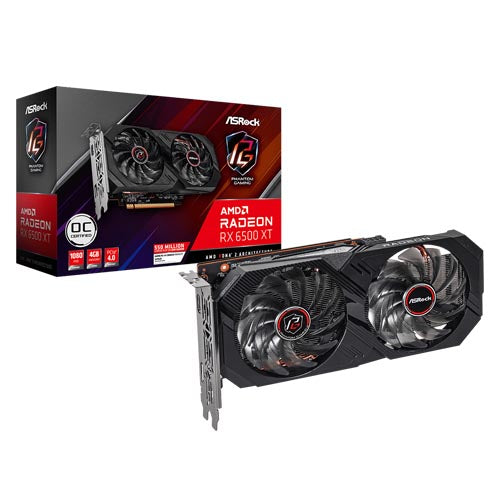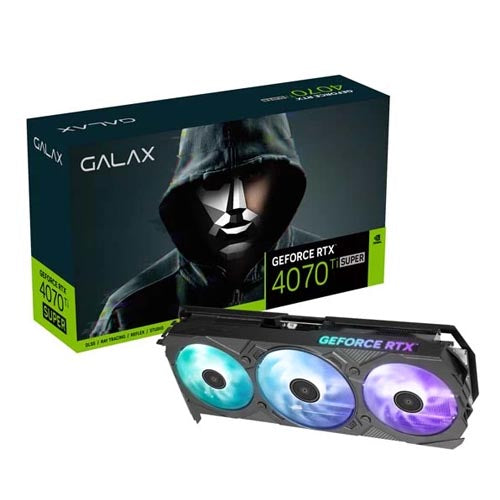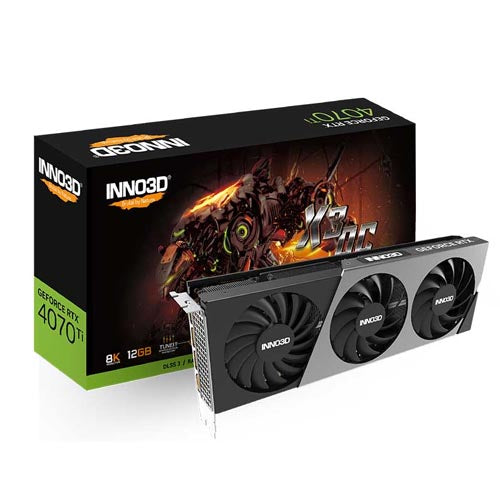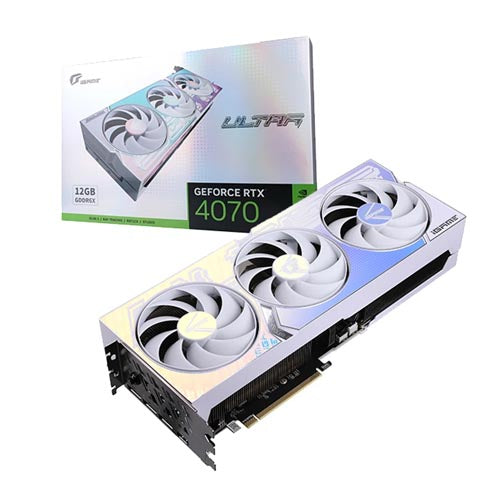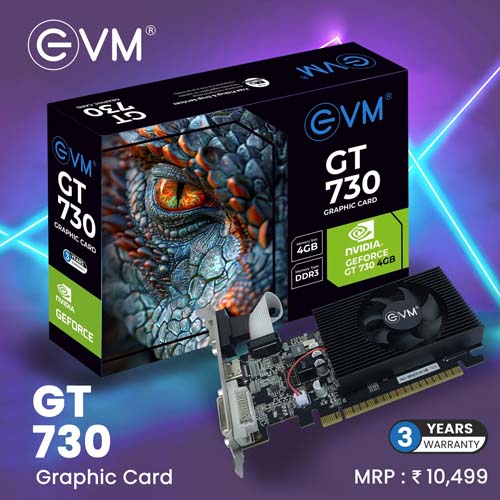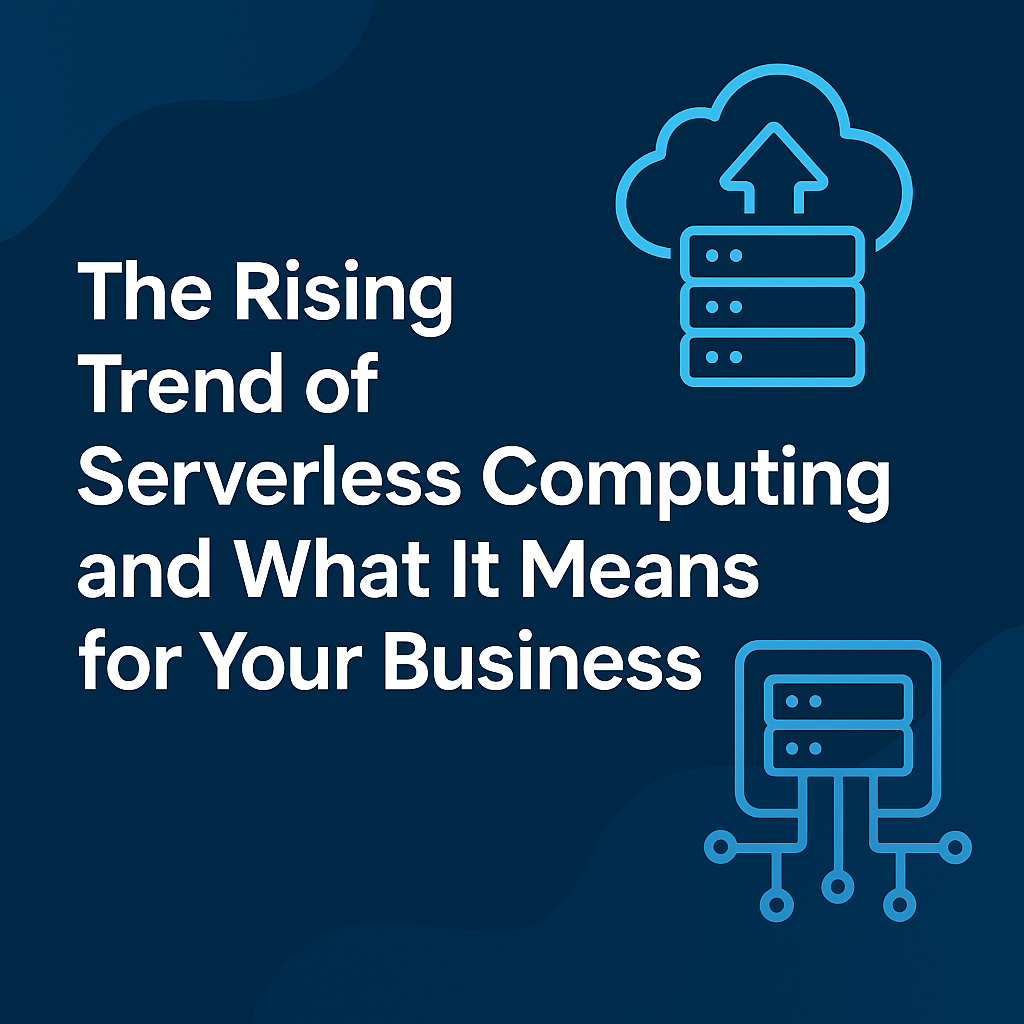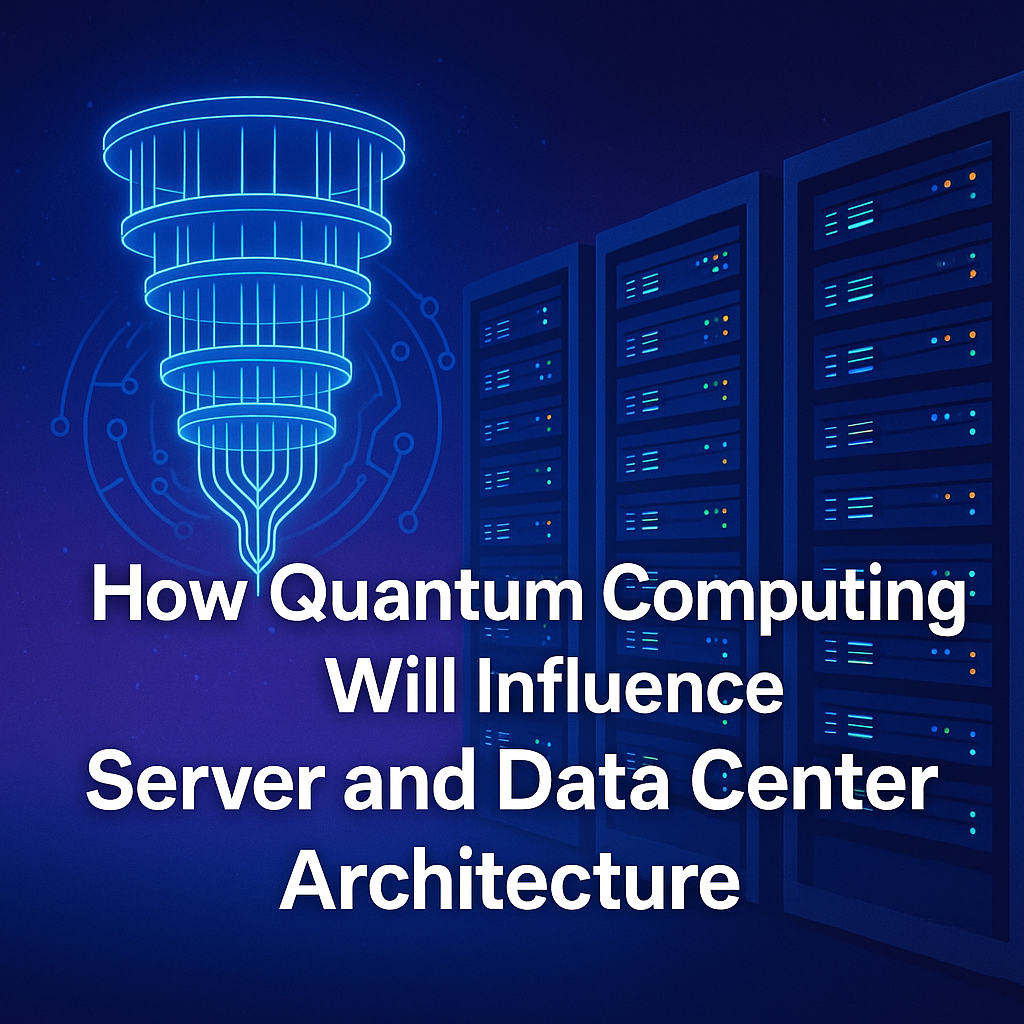
Server infrastructure is the foundation of modern business operations—whether you’re running enterprise applications, hosting cloud environments, or delivering real-time AI workloads. As hardware ages or begins to fail, IT teams must make a critical decision: should they replace the individual component that failed, or retire the system and invest in a brand-new server?
This decision isn’t just about cost—it's about performance, efficiency, reliability, and long-term scalability. In this blog, we’ll explore the technical implications of choosing between spare part replacement and full server replacement, including failure patterns, performance bottlenecks, power usage, firmware support, and compatibility. By the end, you’ll have a strategic framework to evaluate which option is right for your infrastructure.
The Technical Role of Servers in IT Operations
Servers form the backbone of modern digital ecosystems and power use cases like:
-
Virtualization and container workloads
-
Web hosting, email, and CRM systems
-
AI model training and GPU compute
-
Backup, storage, and disaster recovery
To support these functions reliably, server systems must deliver uninterrupted uptime, optimized performance under pressure, and scalability as business needs evolve. Any hardware failure—be it a drive, memory module, or power supply—threatens this foundation.
Spare Part Replacement: When It Makes Technical Sense
Lower Cost for Isolated Failures
If the failure is isolated (e.g., a fan, SSD, or PSU), replacing just that part is far more economical than deploying a new system. Most enterprise servers support modular design, which allows for easy part replacement.
Minimal Downtime in 24/7 Environments
Using hot-swappable drives, fans, and power modules, most brands like Dell, HPE, and Lenovo allow technicians to replace parts without shutting down the server—crucial for always-on systems.
Compatible with Existing Workloads
Replacements do not affect operating systems or software stacks. No changes to hypervisors, container runtimes, or RAID arrays are required.
Environmentally Responsible
Part replacement reduces e-waste and extends the server’s lifecycle, helping data centers meet sustainability goals without compromising functionality.

Limitations of Spare Part Replacement
Increases as Hardware Ages
Beyond 4–5 years, failure rates for parts like HDDs, memory, and fans increase. Frequent part replacements result in cumulative cost and increased management overhead.
Performance Bottlenecks Remain
Swapping a drive or PSU doesn’t upgrade the CPU, memory bandwidth, or PCIe lanes. Legacy platforms can’t support newer NVMe speeds, DDR5 memory, or Gen4/Gen5 GPU cards.
Firmware and BIOS Support Lapses
Vendors eventually stop releasing updates for older platforms. Newer spare parts may introduce compatibility issues or lack firmware validation on older boards.
Full Server Replacement: Benefits of a Modern Infrastructure Refresh
Leap in Performance and Efficiency
New servers offer support for:
-
Intel Xeon (Sapphire Rapids) or AMD EPYC (Genoa) CPUs
-
DDR5 memory with greater bandwidth and power efficiency
-
PCIe Gen4/Gen5 lanes for high-speed NVMe SSDs and GPUs
These enhancements allow better multi-threaded performance, AI acceleration, and improved I/O speeds across all workloads.
Better Power Usage Effectiveness (PUE)
Modern power supplies, low-voltage memory, and intelligent cooling systems result in drastically lower energy consumption per workload. This improves both operating costs and sustainability scores.
Next-Gen Software Compatibility
Current orchestration platforms like Kubernetes, Proxmox, and VMware vSphere increasingly require hardware with virtualization extensions, secure boot, and trusted platform modules (TPM 2.0)—often unsupported by legacy hardware.
Enhanced Security Features
Modern servers ship with:
-
Hardware Root of Trust (RoT)
-
Secure Boot and firmware attestation
-
Memory encryption (AMD SEV, Intel TME)
These features are essential for zero-trust architecture and compliance with modern security frameworks.
Challenges of Full Server Replacement
High Initial Capital Expenditure
Buying new servers—especially high-performance models—requires substantial CapEx. While long-term ROI is often positive, budget constraints can delay adoption.
Migration Overhead and Risk
Moving data, reassigning IPs, reconfiguring VMs, or rebalancing clusters can be complex. Downtime must be scheduled, backups verified, and post-migration testing performed.
Decommissioning Old Hardware
Retired servers must be securely wiped, disassembled, and responsibly disposed of—requiring additional cost and labor.

A Balanced Approach: Using Certified Refurbished Servers
Some organizations bridge the gap with refurbished servers that use:
-
Certified OEM spare parts
-
Updated firmware and BIOS
-
Vendor warranties and testing reports
These systems offer upgraded performance at lower cost while maintaining hardware trust and support. They're ideal for backup systems, DR sites, and branch offices.
When to Choose What: A Technical Checklist
Choose Spare Part Replacement If:
-
The failure is isolated and diagnosed (e.g., only a failed SSD or fan)
-
The server is <4 years old and still supported by OEM firmware
-
Workloads run efficiently and don’t require next-gen compute or I/O
-
Spares are readily available and OEM-certified
Choose Full Replacement If:
-
Multiple components are failing within a 6–12 month span
-
The server can't support NVMe SSDs, DDR5, or newer GPUs
-
BIOS and IPMI are no longer updated by the vendor
-
Power and cooling costs are rising due to inefficiency
-
Security features like TPM 2.0 or Secure Boot are mandatory
Conclusion: Strategic Planning for IT Longevity
Making the right decision between spare parts and full server replacement is more than a maintenance task—it's a strategic IT investment. Spare parts are effective for extending the lifespan of relatively modern hardware, keeping systems stable with minimal disruption. But once performance, power efficiency, or software compatibility begin to lag, replacing the entire server is often the wiser path.
Forward-looking IT teams should regularly audit server health, monitor power consumption, track firmware support windows, and evaluate workload growth. By doing so, they can build a lifecycle strategy that balances performance, cost, reliability, and scalability—ensuring their infrastructure remains robust and ready for what comes next.
